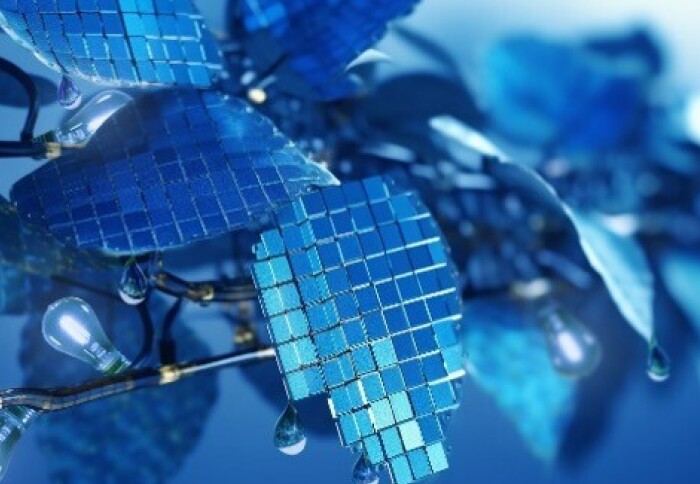
New research suggests a new solar energy design, inspired by nature, may pave the way for future renewable energy technologies.
Photovoltaic solar energy is obtained by converting sunshine into electricity—and researchers from Imperial have developed a new leaf-like design with increased efficiency.
The new photovoltaic leaf (PV-leaf) technology uses low-cost materials and could inspire the next generation of renewable energy technologies.
A series of experiments has demonstrated that a PV-leaf can generate over 10% more electricity compared to conventional solar panels, which lose up to 70% of the incoming solar energy to the environment...
Read More









Recent Comments